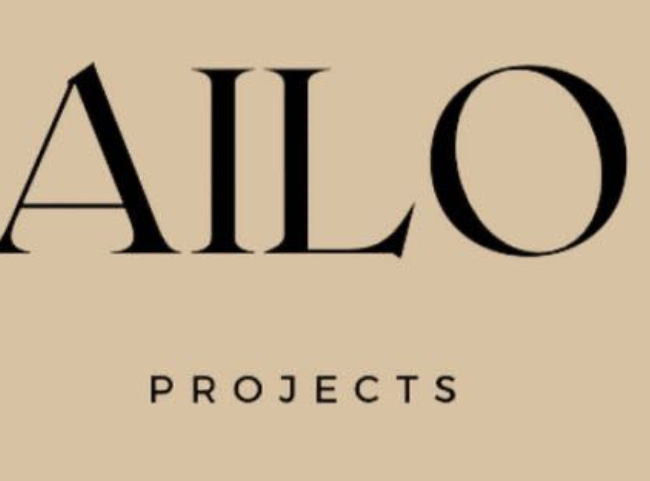
The Path to Self-Sustainability through farming
Esseen tyyppi: Blogiessee / 1 esseepistettä.
The Path to Self-Sustainability through farming
Introduction
Sustainable farming, a practice gaining increasing recognition, signifies a commitment to cultivating the land in a manner that preserves the environment, supports biodiversity, and meets the present needs without compromising the ability of future generations to meet their own. In the pursuit of sustainability, many individuals are turning to the concept of self-sufficient homesteading, transforming their plots and backyards into biodiverse paradises to achieve a more harmonious coexistence with nature. (Sustainable jungle 2023)
Sustainable Farming
Sustainable farming entails a holistic approach to agriculture, aiming to maintain ecological balance, minimize environmental impact, and prioritize long-term soil fertility. In this context, self-sufficiency goes beyond producing one’s own food; it becomes a commitment to sustainable living encompassing clothing, cleaning supplies, medicines, and more. (Sustainable jungle 2023)
Benefits
- Localized food production to reduce carbon emissions and promote food security.
- Building a community of like-minded individuals passionate about sustainable living.
- Addressing the decline in insect species through sustainable gardening.
- The role of regenerative farming methods in preserving ecosystems.
- Encouraging biodiversity through organic measures and rewilding.
- The importance of resource conservation in self-sufficient living.
- Minimizing usage of store-bought commodities, electricity, and water.
- Incorporating gravity-fed watering, composting toilets, and solar panels for resource efficiency.
- The trifold goal of saving money, reducing waste, and lessening environmental impact.
- Utilizing every available resource on the homestead.
- The physical and mental health benefits of homegrown, organic produce.
- Recognizing the therapeutic effects of being immersed in nature. (Sustainable jungle 2023)
Steps to take toward self-sustainability
Defining YOUR self-sufficient homestead
- Recognizing that self-sufficiency varies for each individual.
- Setting specific sustainability goals and building on them over time.
- Balancing self-sufficiency with the benefits of community and shared knowledge.
When starting
- Consider community gardens, eco-friendly planters, and family plots.
- Focus on key skills such as composting, rainwater capture, and gardening.
Choosing practices
- Evaluating land usability and growing seasons.
- Starting with easy-to-grow plants based on personal preferences.
Farm animals
- Selecting multipurpose animals aligned with personal needs.
- Ensuring animals are easy to care for, considering factors like housing and feeding.
- Embracing a commitment to animal welfare.
Expanding
- Diversifying skills beyond gardening, including solar power usage, tanning hides, and sewing.
- Embracing the philosophy of “slow and steady” in acquiring skills.
- Building a foundation in general craftsmanship, woodworking, and sustainable practices. (Sustainable jungle 2023)
Conclusion
Embarking on a journey toward self-sustainability is not just a lifestyle choice; it is a commitment to cultivating a harmonious relationship with the environment. By gradually incorporating self-sufficiency into daily life, individuals can contribute to a more sustainable and resilient future.
Sources:
Sustainable Jungle. 2023. What is a self-sufficient homestead and why you should start one. Article. Read 6.12.2023
https://www.sustainablejungle.com/sustainable-living/self-sufficient-homestead/



